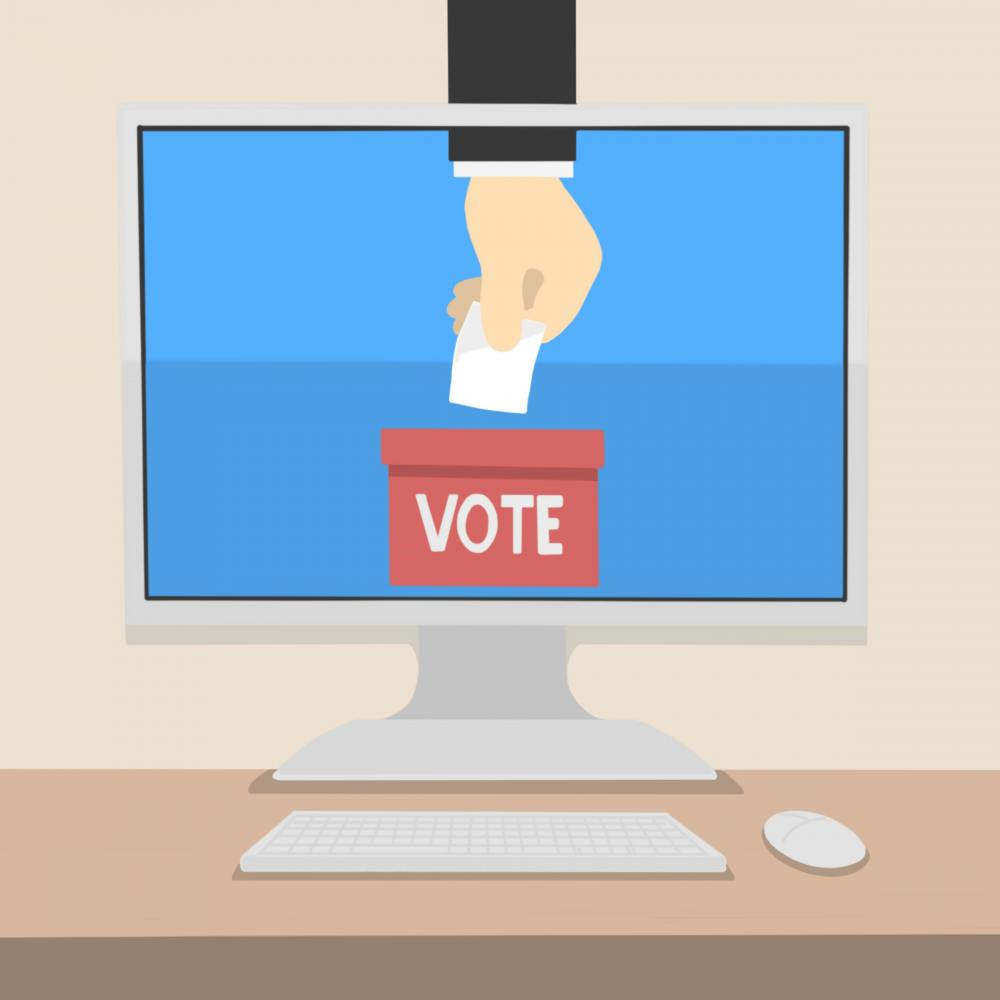Millions of voters voted by absentee ballot in the last midterm election. Given that most Princeton students aren’t from the surrounding area, the large majority of eligible student voters will also be sending absentee ballots and ballot requests through the Frist mail center this month. While there has been a vocal criticism of college students for our historically low voter turnout rates, not much attention has been paid to how difficult it is for college students to actually get their ballots to the voting box. It is important that college students increase their voter turnout, yet absentee voting is antiquated and prevents college students from fully participating in the electoral process.
Only five states allow the request for an absentee ballot to be filed entirely online (Florida, Louisiana, Maryland, Minnesota, and Utah). In Detroit, voters can request an absentee ballot through an app. Some counties in Arizona also have online absentee ballot registrations — already, the specificities of these options seem to invite confusion. For the majority of states, a form must be accessed online to be printed, filled out, and mailed to the relevant election office. That office sends back a ballot, which the voter then sends back to that office. The actual mailing process may take up to a week with the addition of the processing and pick-up time in Frist Campus Center, but voters may wait over a month for their request to be processed.
And in 2012, more than a quarter of a million absentee ballots were rejected. The primary reason was because the ballots reached the election office after election day. However, when a physical ballot request must be physically mailed to an election office that could be across the country, college students are often left waiting until the last minute for their ballots to arrive. Military ballot requests are processed first, so even prompt students have to accept a delay. Once the ballot (hopefully) arrives, the paper ballot has to be sent back through the mail with the hopes that it will make it through the postal service in time for the election.
Young people’s absentee ballots were also among the most likely to be rejected in one study of California voting. This is incredibly troubling news for out-of-state college students who don’t have the option to vote in person. Some students may choose to register and vote in New Jersey, but many feel ties to their home states or think their vote matters more there.
Furthermore, there is actually no dependable procedure for what to do if your absentee ballot doesn’t even arrive in time to be sent back before election day — while there is a blank Federal Write-In Absentee Ballot, the FAQ page is vague on whether it can be used for in-country out-of-state voters. This results in a nerve-wracking, weeks-long voting process for students who truly want to vote.
“It’s hard to keep track of paper. I’m pretty sure I mailed it, but it’s hard to know for sure. I can’t just go into my inbox and search sent,” Sarah Radwan ’21 explained.
The answer is to implement fully online absentee ballot requests for every state. Understandably, voting itself cannot be done through an online form, as electronic voting systems are particularly susceptible to hacking and voter fraud. However, a ballot request requires no security. Illegal voting only occurs in the actual instance of attempting to file a vote, so making absentee ballot requests more accessible through an online process will only expand the electoral process so more students can vote.
Madeleine Marr is a sophomore from Newtown Square, Pa. She can be reached at mmarr@princeton.edu.








